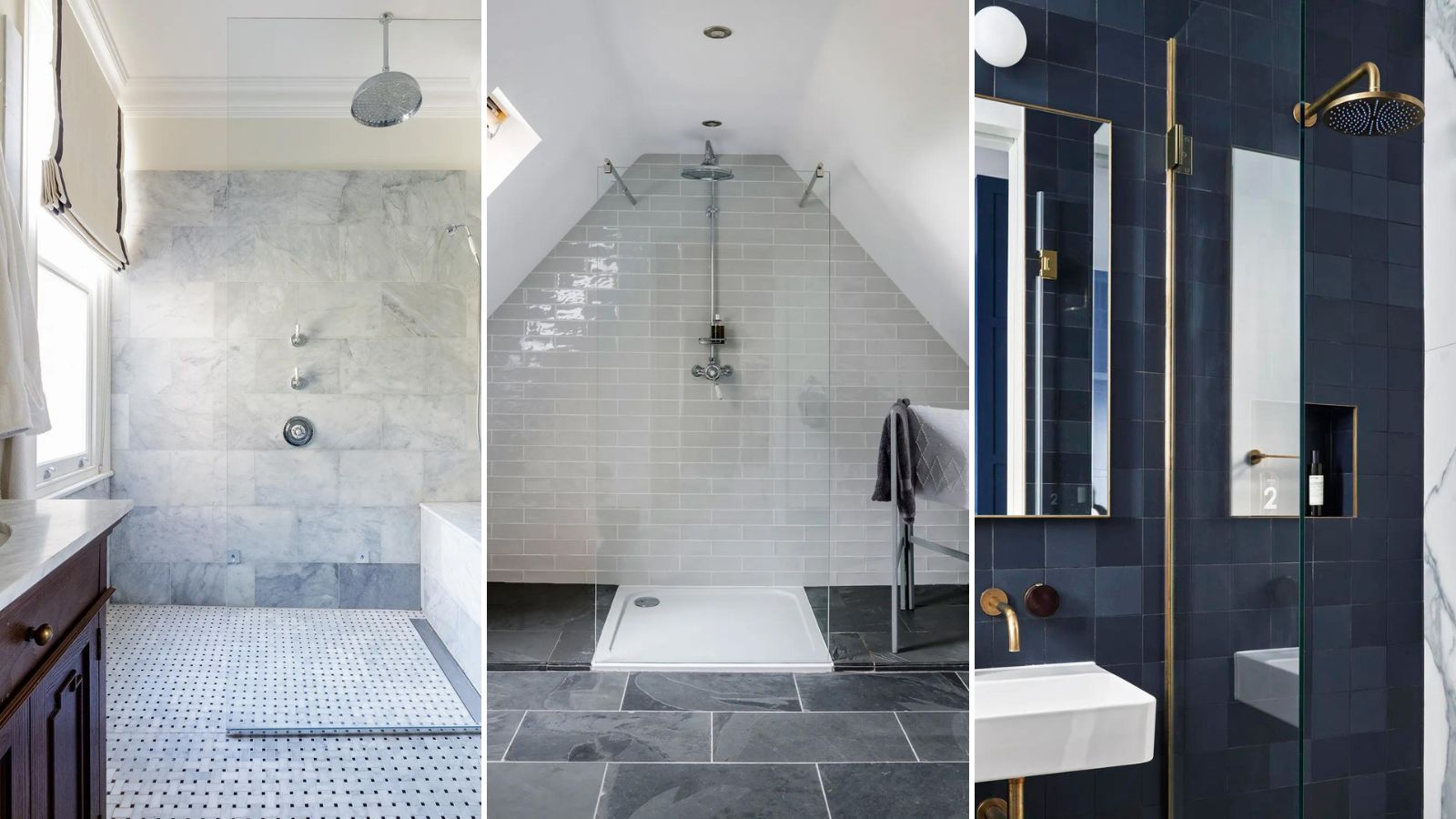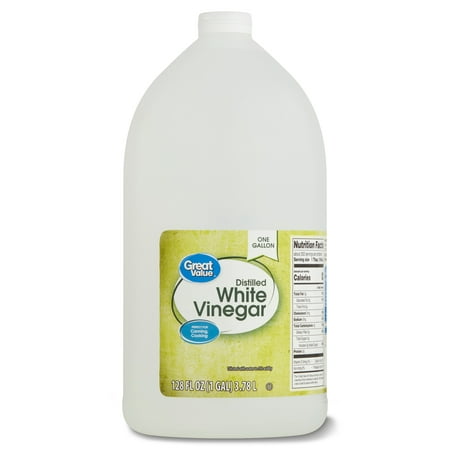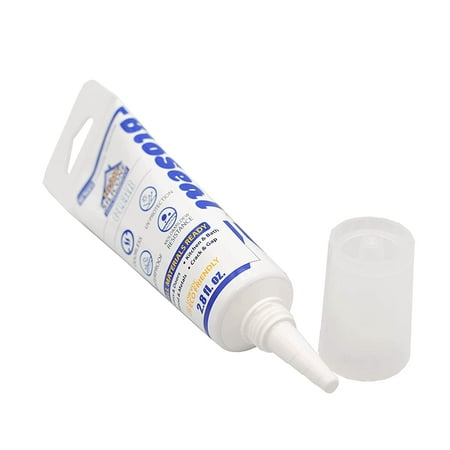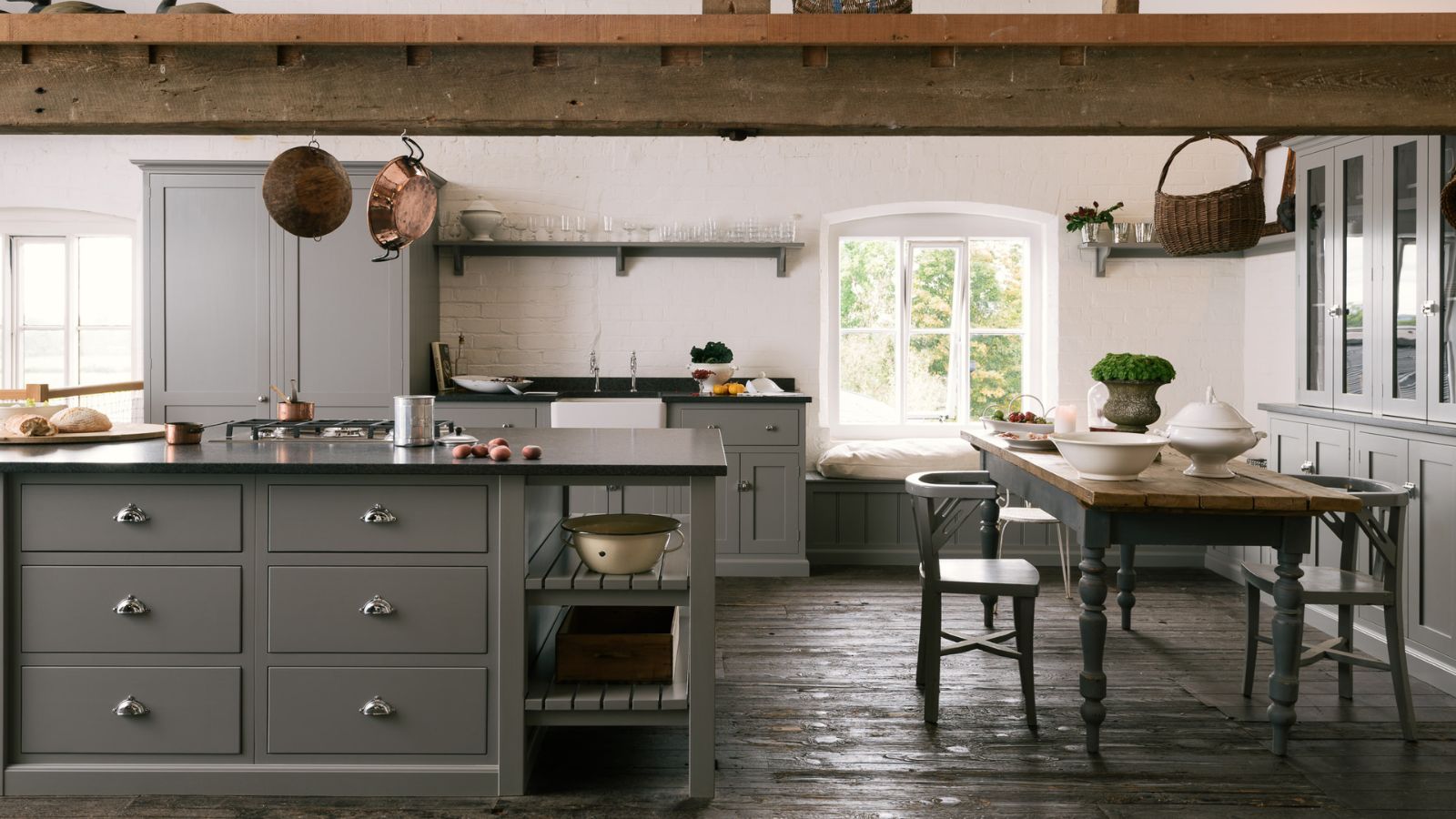4 simple ways to remove mold from shower caulking
Don't let unsightly mold keep your shower from feeling fresh


Nothing things ruin a clean and inviting shower quite like moldy caulking. Not only does it look unsightly, but it can also pose health risks if left to develop. That's why identifying signs of mold early and getting rid of it quickly is vital if you want your bathroom to remain a clean and sanitary space.
Mold in the shower often appears as toxic black mold or less harmful green spots along shower caulking and grout. Unlike mildew – which is typically grey or white – shower mold can penetrate deeper into surfaces and leave behind undesirable stains.
Fortunately, removing mold from shower caulking is not as hard as it may seem. There are several affordable solutions you can try to get rid of stubborn mold and get your bathroom looking bright and pristine again.

How to remove mold from shower caulking
Shower caulk is prone to mold and mildew growth because showers provide a warm, moist environment where mold thrives. So, before you begin the task of removing it, ensure your shower is completely dry (6 hours after it was last used is recommended), and make sure you have proper ventilation in your bathroom by opening windows or turning on an extractor fan.
You may also wish to wear a protective respirator mask – such as this Professional Respirator Mask from Amazon – and use plastic sheets or painter's tape to protect surrounding areas from bleach or abrasive cleaning solutions.
Method 1: Vinegar
Michael Golubev, CEO of Mold Busters, says that cleaning with vinegar is the quickest way to remove mold spores from shower caulking. Vinegar kills an estimated 82% of mold species and is an affordable, multi-purpose cleaning solution that won't break the bank. Here's how to use vinegar to kill mold:
- Mix a solution of equal parts vinegar and water in a spray bottle.
- Spray the affected area generously and let it sit for at least 30 minutes.
- Scrub the moldy caulking with a brush dipped in baking soda.
- Rinse with warm water and wipe the area dry with a clean cloth.
This method is also great for getting rid of bathroom ceiling mold and cleaning glass shower doors to achieve a streak-free shine.

This basic white vinegar is great value and can be used for a variety of household cleaning tasks.
Method 2: Bleach
Mold experts swear that using bleach to kill mold is not very effective. However, if you simply want to remove surface-level mold and brighten your shower grout or caulking, this next method may work for you:
- Ensure proper ventilation and wear protective gloves and a mask when using bleach.
- Mix a solution of one part bleach to ten parts water in a spray bottle.
- Spray the moldy caulking and let it sit for 20-30 minutes.
- Scrub the area with a brush to remove the mold.
- Rinse thoroughly with warm water and dry the area.
Method 3: Commercial Mold Removers
For persistent mold, you may need to reach for commercial mold removers to see results. This NATURTH Mold Remover Gel is a popular choice on Amazon. Always follow the instructions on the product label carefully and allow it to sit for the recommended time.
While commercial products can be very effective, they may contain harsh chemicals. So, if possible, wear a protective mask and goggles and keep your bathroom well-ventilated at all times.
Method 4: Replace the caulking
'To truly get rid of mold, you need to eliminate all contamination,' explains Michael Rubino, Mold Expert and Founder of HomeCleanse. 'This includes roots, dead mold, fragments, mycotoxins, bacteria, and byproducts.'
'It's tough to remove mold from caulking efficiently because while it may not seem like it, caulk is actually a porous surface,' adds Bethany Uribe, Mold Division Supervisor at ASAP Restoration 'This means that on a microscopic level, once a mold spore has taken hold and made your caulking its forever home, it will not be removable unless you remove the caulk too.'
So, if the above methods don't work and mold reappears in your shower within a few days, you should consider removing the caulk and recaulking the shower using a mold-resistant sealant like Jakehoe Multi-Functional Sealant from Walmart.

This 100% silicone sealant is waterproof, mold-resistant, and UV-protected. It's formulated with 0% acetic acid, which means it has no odor and only a slight smell during the curing process.
To keep your shower caulking mold-free, it's a good idea to keep the shower area dry by wiping down surfaces after each use. This Mr SIGA Silicon Squeegee from Amazon should do the trick.
Sign up to the Homes & Gardens newsletter
Design expertise in your inbox – from inspiring decorating ideas and beautiful celebrity homes to practical gardening advice and shopping round-ups.

Gabriella is a freelance contributor for Homes & Gardens. She is a DIY enthusiast and a lover of all things interior design, often found antiquing or browsing the aisles of her local hardware store. She has a particular passion for historic buildings and is in the process of renovating a Victorian coachhouse in the countryside.
For much of the past decade, Gabriella has worked as a freelance writer, crafting copy for national publications and renowned homeware brands. Most recently, she worked for Homebuilding & Renovating Magazine and is the former Head of Solved at Homes & Gardens, focusing on case studies for the magazine and website, as well as writing features about issues surrounding historic and listed building projects.
-
 Barack and Michelle Obama's neutral accent chair is the perfect living room focal point – you can recreate their serene style in any-sized home
Barack and Michelle Obama's neutral accent chair is the perfect living room focal point – you can recreate their serene style in any-sized homeThis designer-approved essential fits into every modern living room – it's beautiful enough to stand alone, while pairing well with your favorite cushion
By Megan Slack Published
-
 Should I choose a kitchen island or a kitchen table? This is the expert advice that helped me decide
Should I choose a kitchen island or a kitchen table? This is the expert advice that helped me decideIt's all about how you use your space
By Molly Malsom Published